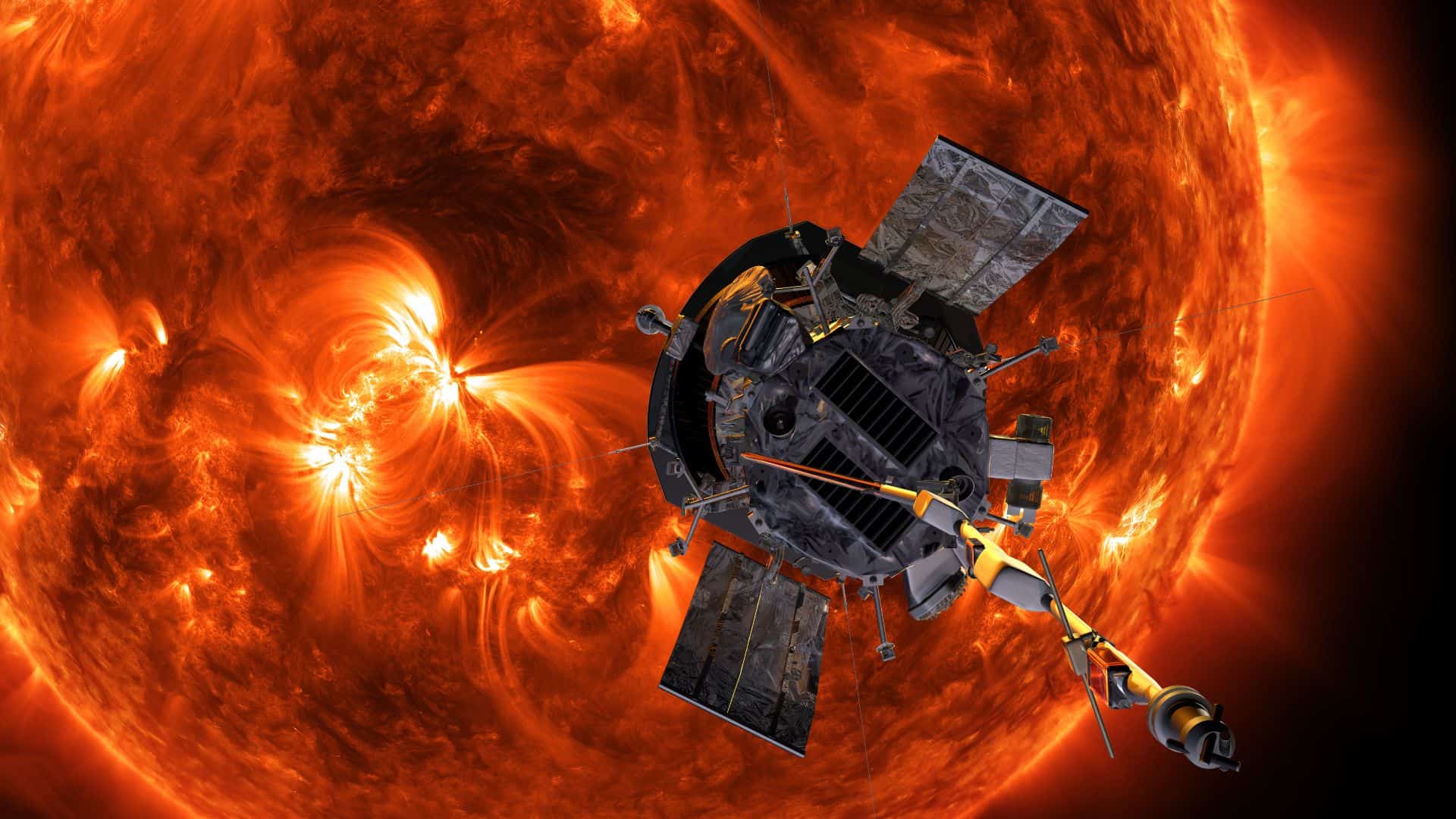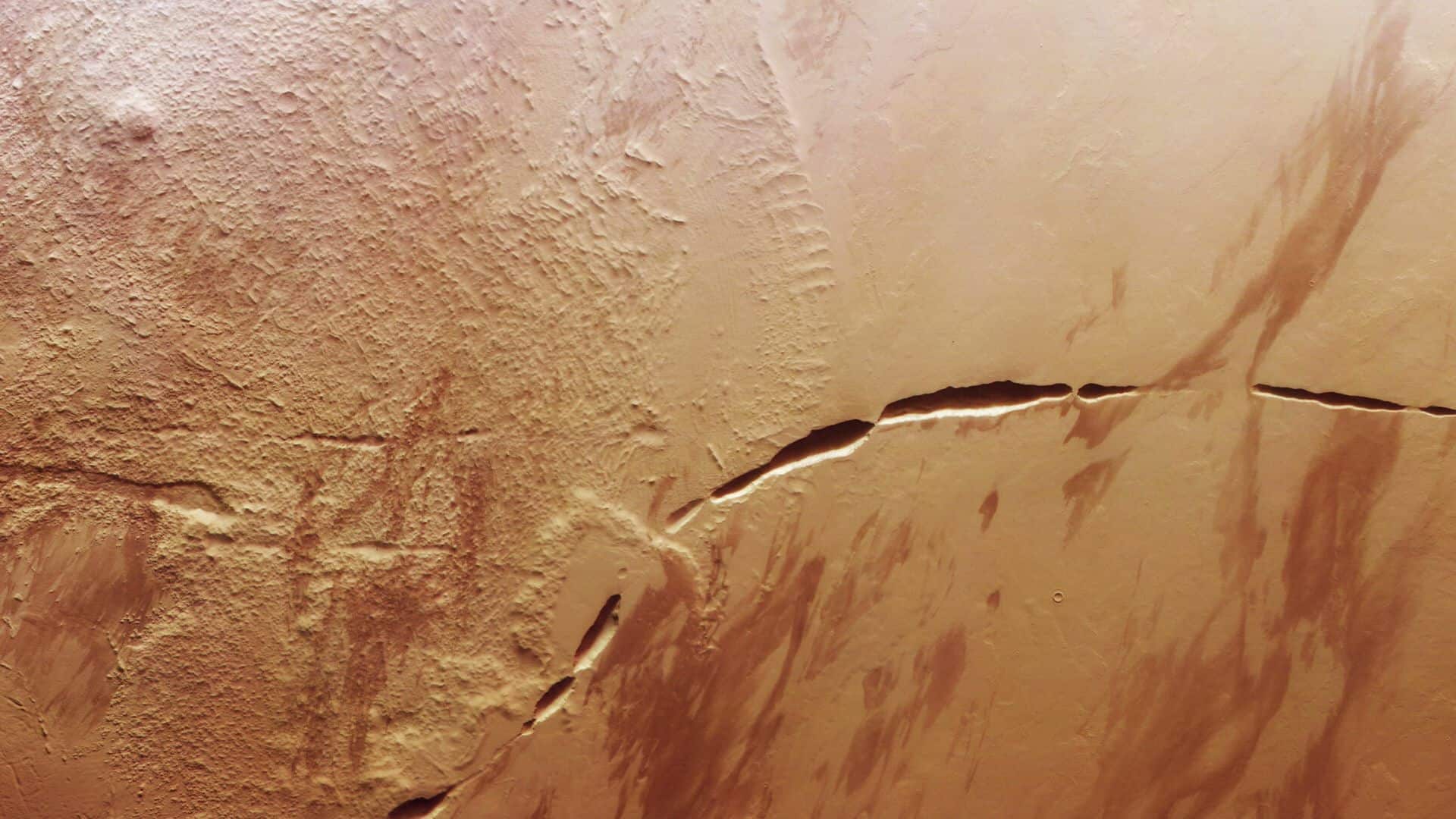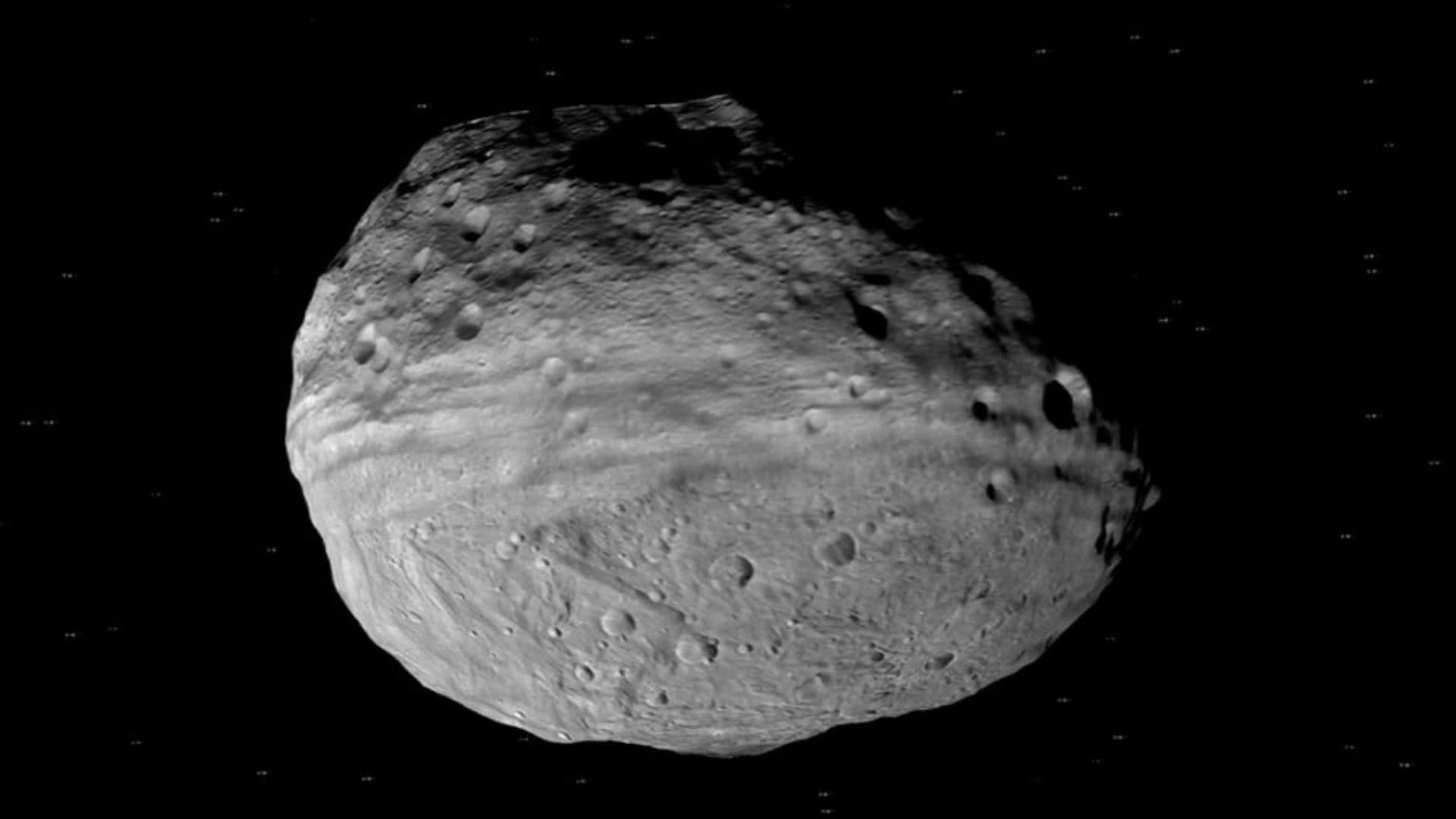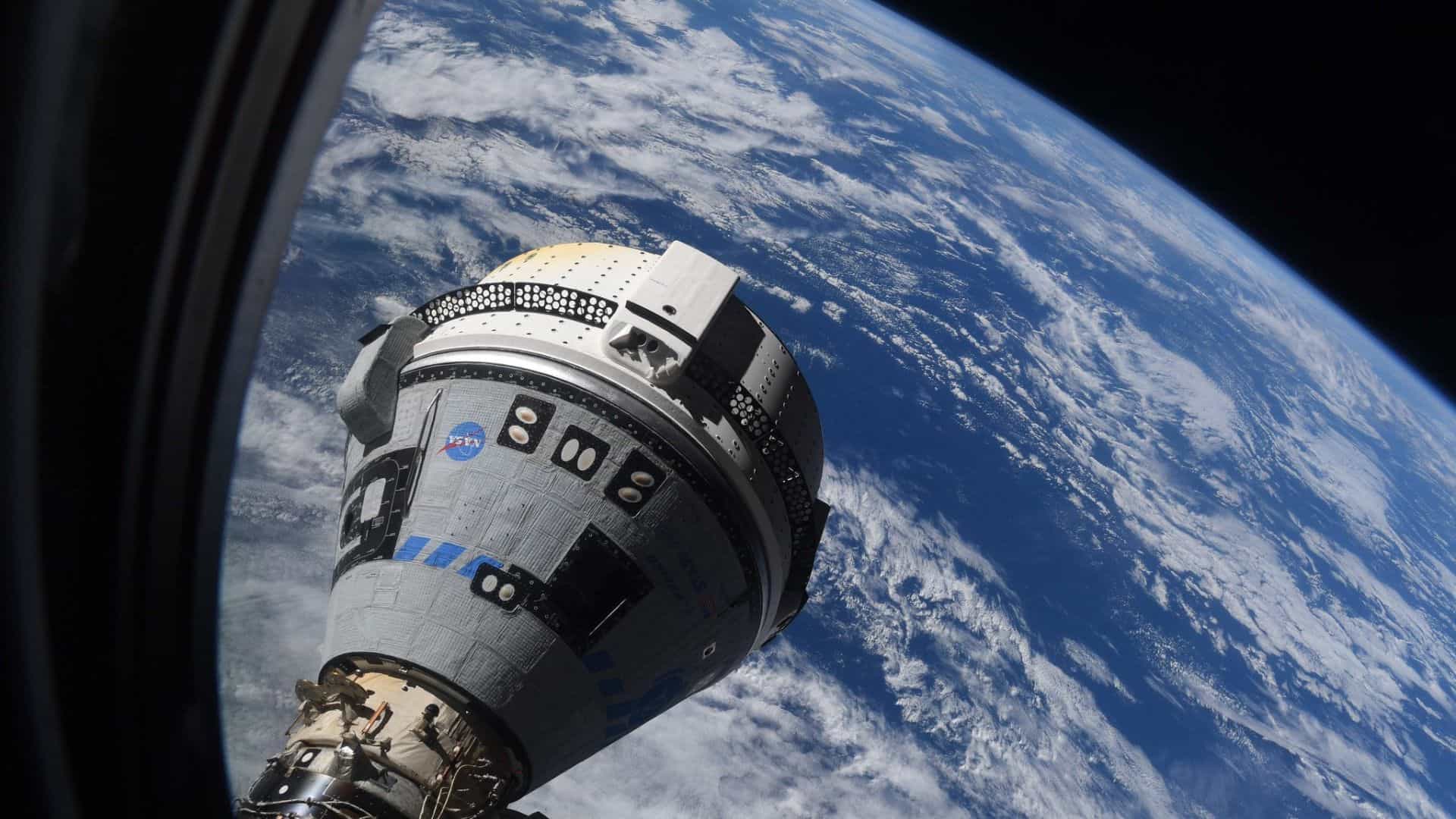The James Webb Space Telescope has discovered a high-speed jet stream in Jupiter’s lower stratosphere. This high-speed jet stream is located around 25 miles (40 kilometers) above the clouds over Jupiter’s equator.
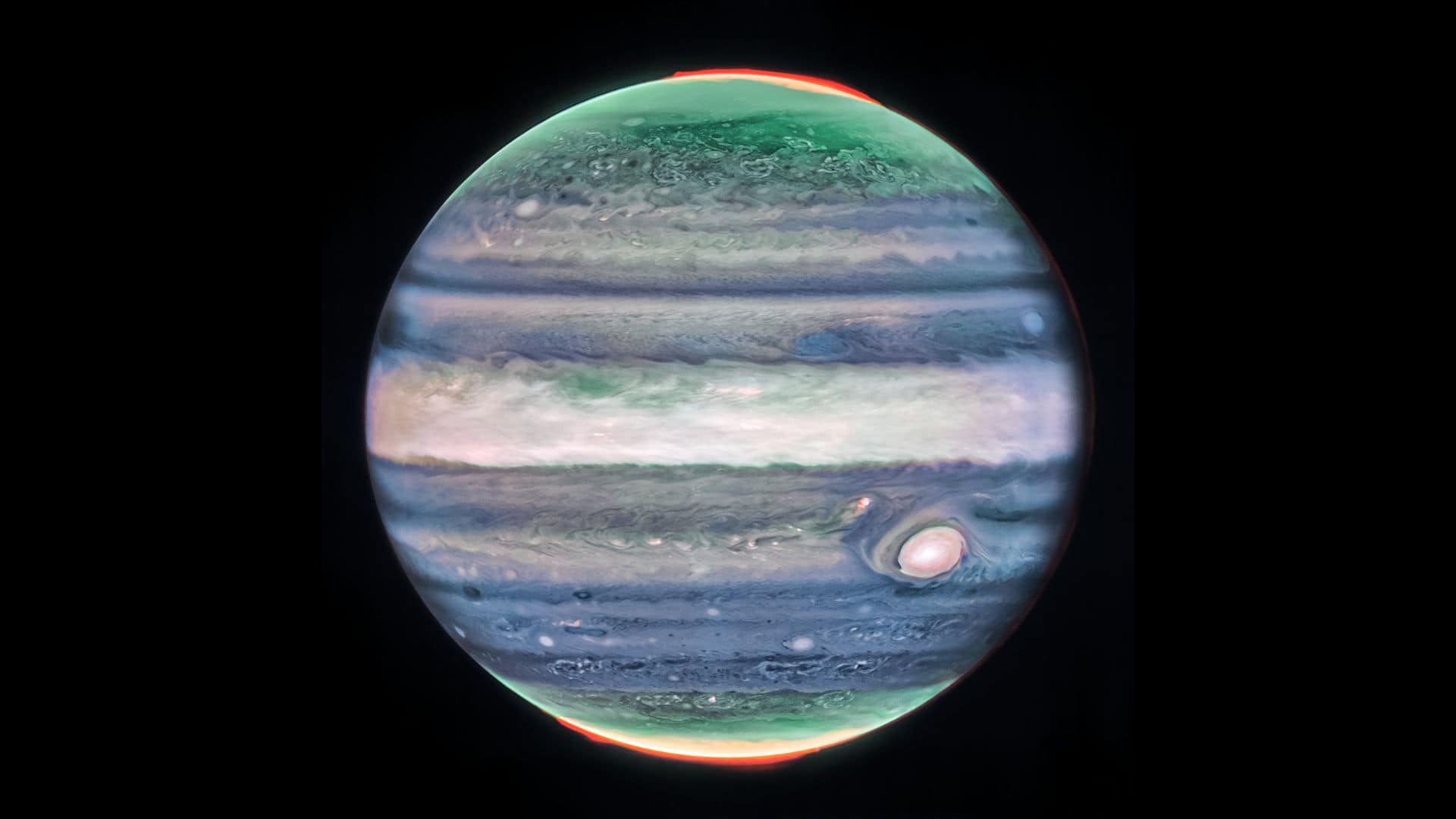
The jet stream spans more than 3,000 miles (4,800 kilometers) wide and travels at about 320 miles per hour (515 kilometers per hour), twice the speed of a Category 5 hurricane here on Earth.
It is a completely new feature in Jupiter’s atmosphere that has never been seen before.
Please remember that the planet Jupiter has a layered atmosphere, and the James Webb Space Telescope is fully capable of collecting information from different layers.
The James Webb Space Telescope measures the speed of winds at different layers of Jupiter’s atmosphere in order to isolate the high-speed jet.
Researchers have taken the images of Jupiter 10 hours apart, and in three different filters, each of them is uniquely capable of detecting the small changes at different altitudes of Jupiter’s atmosphere.
Why 10 hours apart? Because planet Jupiter takes 10 hours to rotate around its own axis. So one Jupiter day is equal to 10 hours, while here on Earth it’s 24 hours.
“This is something that totally surprised us,” said Ricardo Hueso, the lead author of the paper describing the findings. “What we have always seen as blurred hazes in Jupiter’s atmosphere now appear as crisp features that we can track along with the planet’s fast rotation.”
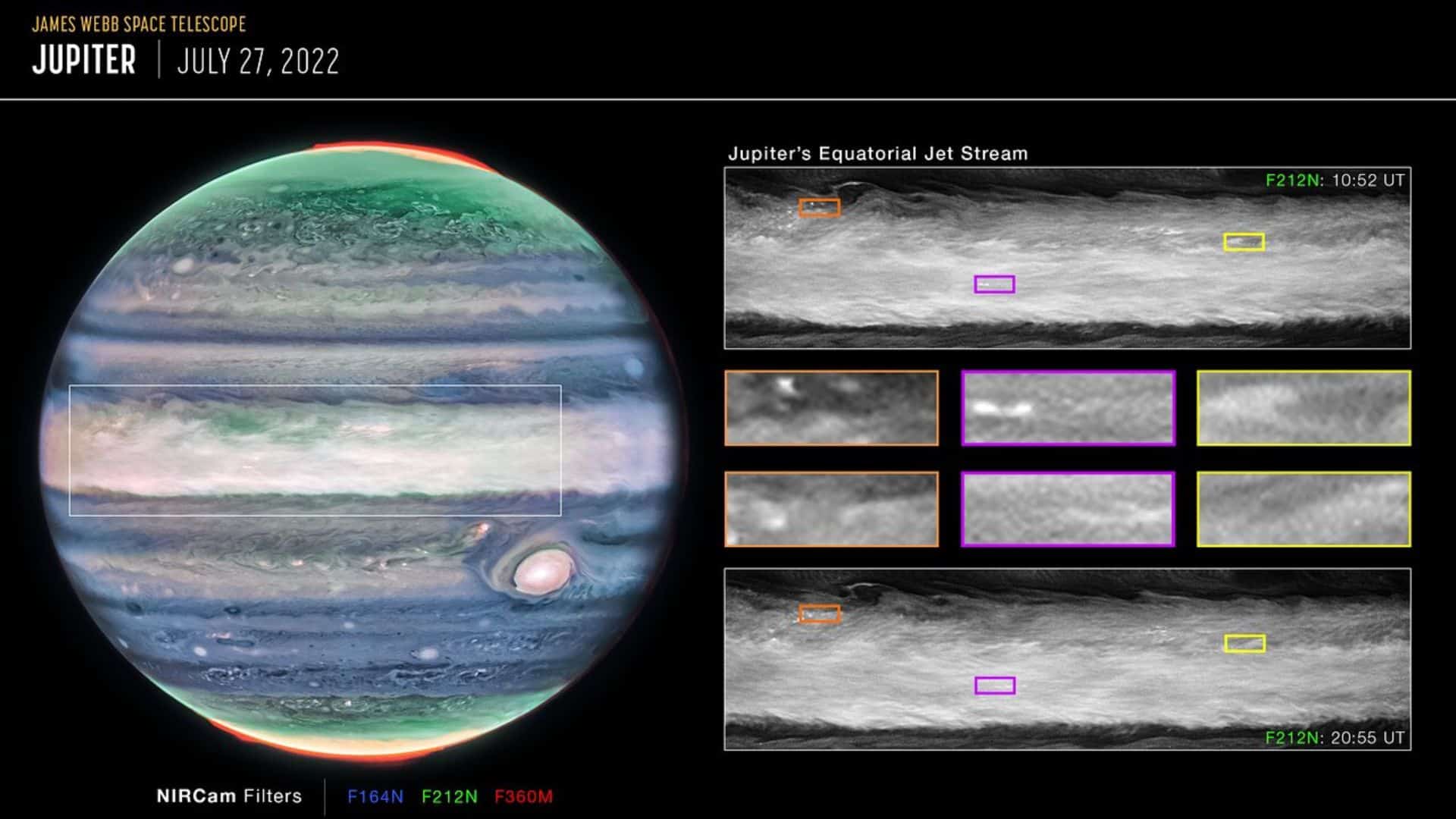
So what are the new insights?
This discovery will give us an idea of how the famous turbulent layers of Jupiter’s atmosphere interact with each other. Researchers are also looking forward to determine if the jet’s speed and altitude change over time.
A new scientific paper has been published on the findings in Nature Astronomy.
Please follow us on Facebook and Twitter to get latest space news, upcoming skywatching events and astronomy-related content.
